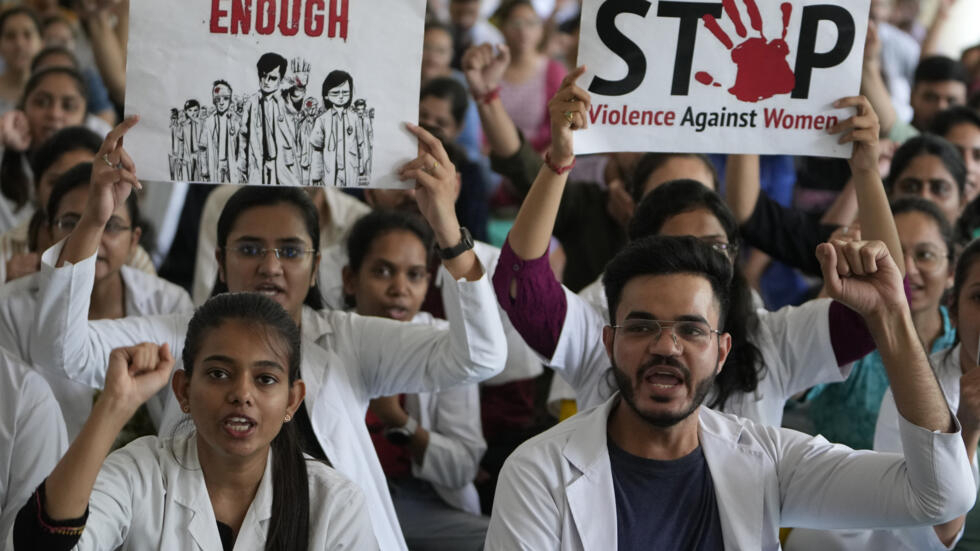
India, under the governance of the Bharatiya Janata Party (BJP) and the ideological framework of Hindutva, presents a stark contrast between its image as a rising global power and the grim realities on the ground. While Prime Minister Narendra Modi and his administration have worked tirelessly to project India as a “Shining India” on the international stage, the country is grappling with deep-seated issues that threaten the safety and dignity of its most vulnerable populations, particularly women and minorities.
The Epidemic of Sexual Violence
India’s reputation as a dangerous place for women is not unfounded. The country’s systemic failure to protect women has drawn international condemnation, yet the situation continues to deteriorate. The National Crime Records Bureau (NCRB) reported that in 2021 alone, there were over 31,677 reported cases of rape in India, which translates to nearly 87 cases of rape every day. These numbers, alarming as they are, likely represent just a fraction of the true scale of sexual violence in the country, as many cases go unreported due to societal stigma and fear of retribution.
The recent incident involving the rape of a trainee doctor has once again brought India’s rape crisis to the forefront. This heinous crime is not an isolated event but rather a part of a disturbing trend where women, regardless of their social standing, are unsafe. The culture of impunity, fueled by a sluggish and often corrupt judicial system, emboldens perpetrators who often walk free, leaving victims and their families without justice.
A Deep-Rooted Problem
The roots of this crisis can be traced back to the deeply entrenched patriarchal norms that dominate Indian society. Women are often seen as inferior, and their autonomy is frequently disregarded. This cultural backdrop, combined with the rise of Hindu nationalism, has created an environment where violence against women is normalized and even justified by some. The Hindutva ideology, which seeks to establish India as a Hindu Rashtra (nation), marginalizes not just religious minorities but also women, treating them as second-class citizens whose primary role is to uphold traditional values and norms.
This marginalization is evident in the increasing number of hate crimes against women from minority communities, particularly Muslims and Dalits. These groups are doubly vulnerable, facing violence not only because of their gender but also because of their religion or caste. The recent incidents of public violence against Muslim women, including the stripping and parading of women in front of mobs, underscore the brutal reality of life for women in India today.
The Facade of “Shining India”
While the BJP government boasts about economic growth and technological advancements, the truth is that this “Shining India” is a facade that hides the suffering of millions. India has the largest population living below the poverty line, with over 230 million people, according to the World Bank. The wealth gap is widening, and the benefits of economic growth are not reaching those who need them the most. The poorest and most vulnerable segments of society, particularly women and minorities, continue to live in abject poverty, with little access to basic services like healthcare, education, and legal protection.
The Modi administration’s focus on projecting a global image of progress has led to the neglect of these critical issues. Instead of addressing the root causes of violence and inequality, the government has focused on image-building exercises, such as promoting India as a destination for foreign investment and tourism. However, the harsh reality is that India’s streets are not safe for its own citizens, let alone for visitors.
The Need for Global Attention and Scrutiny
The international community cannot afford to ignore the situation in India. The rise of sexual violence and the targeting of minorities under the Hindutva regime is a humanitarian crisis that demands urgent attention. Human rights organizations, foreign governments, and international bodies must hold the Indian government accountable for its failure to protect its citizens, especially women and minorities.
The global outcry following the 2012 Delhi gang rape case, which led to significant legal reforms in India, demonstrated the power of international pressure. However, the implementation of these reforms has been inconsistent, and the cultural attitudes that enable sexual violence have not been adequately addressed. As a result, the situation has not improved, and in many ways, it has worsened under the current administration.
Conclusion
India’s claim to being a global leader is undermined by the pervasive violence against women and minorities within its borders. The facade of “Shining India” is crumbling, revealing a society where the most vulnerable are subjected to horrific abuses with little hope for justice. The world must recognize the reality of life in India under Hindutva – a reality where women and minorities live in fear, and where the government’s priorities are skewed towards maintaining an image rather than protecting its citizens. Only through sustained international pressure and internal reform can India hope to become a truly safe and just society for all its people.





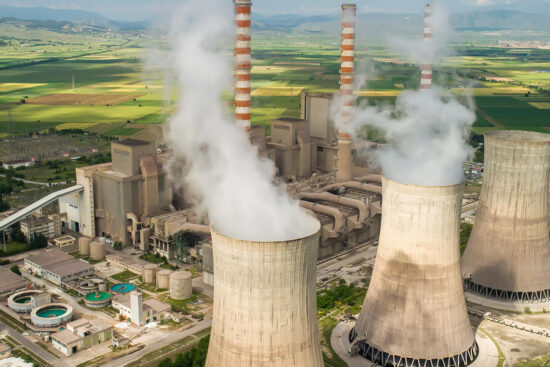
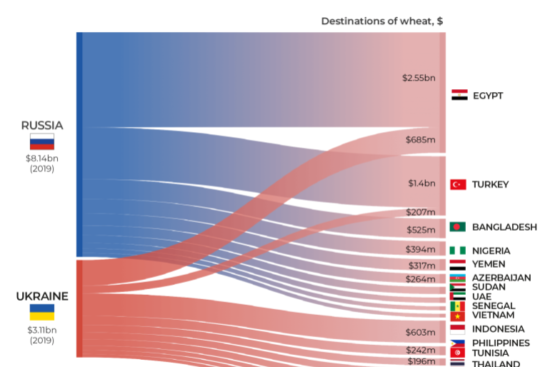
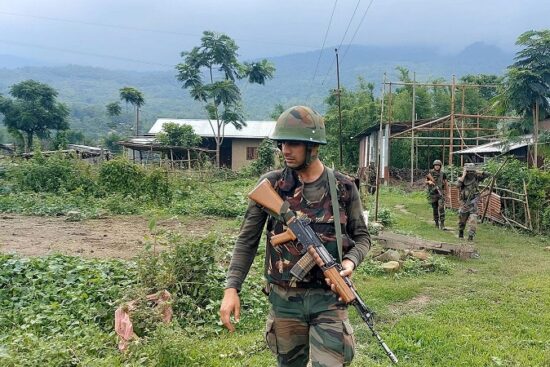
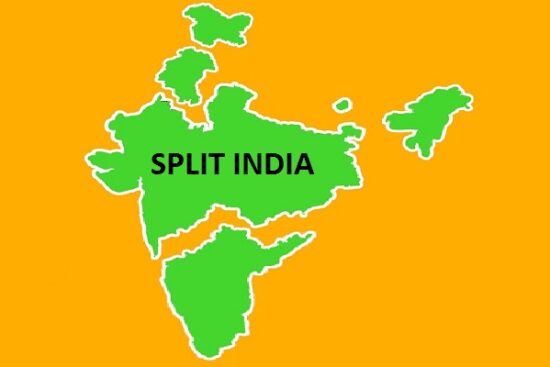










Leave a Reply